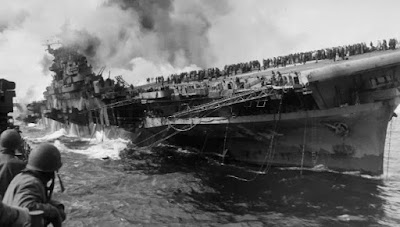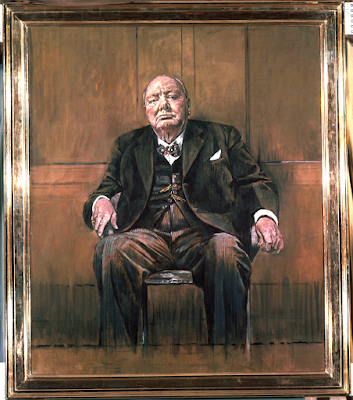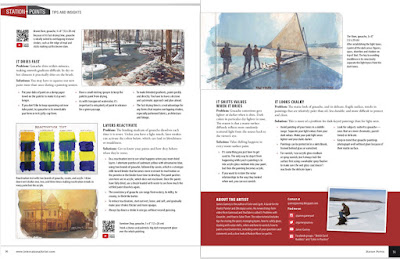How many of you remember American Artist Magazine?
Before the Internet it was the place to learn about realist painters like Richard Schmid, Andrew Wyeth, Tom Nicholas, Robert Vickrey, and Frank Frazetta.
It was founded in 1937 under the name "Art Instruction" by the two architectural draughtsmen Ernest Watson and Arthur Guptill, who also founded Watson-Guptill, the book publishing company. The mission was practical, businesslike, and didactic.
The first decades of the magazine spotlighted both easel painters and illustrators. The articles were usually based on studio visits, and the discussion always included process and professionalism as well as philosophy.
Mr. Watson went on such a flurry of visits to illustrators that he was able to assemble them into a book called Forty Illustrators and How They Work. In the '50s and '60s, there were plenty of post-impressionist-inspired painters, but the orientation was always relatively realistic compared to the more avante-garde magazines.
During the decades of the 1970's and '80s, as the realist revival gained steam, American Artist was the most vocal champion. For students wanting to learn about painting before the Internet era, it was the clearest window into the world of real working artists.
If you wanted to learn how to paint back then, you would study the step-by-step stages of the painting process printed in the magazines and books, and carefully decipher the artists' explanation in the captions.
The classified ads were the way to find out about workshops, art schools, or new art supplies.

I sent this postcard to the editor on its 75th anniversary, little guessing that it would be bought out by one of its rivals (Artists Magazine) and cease publication.















































